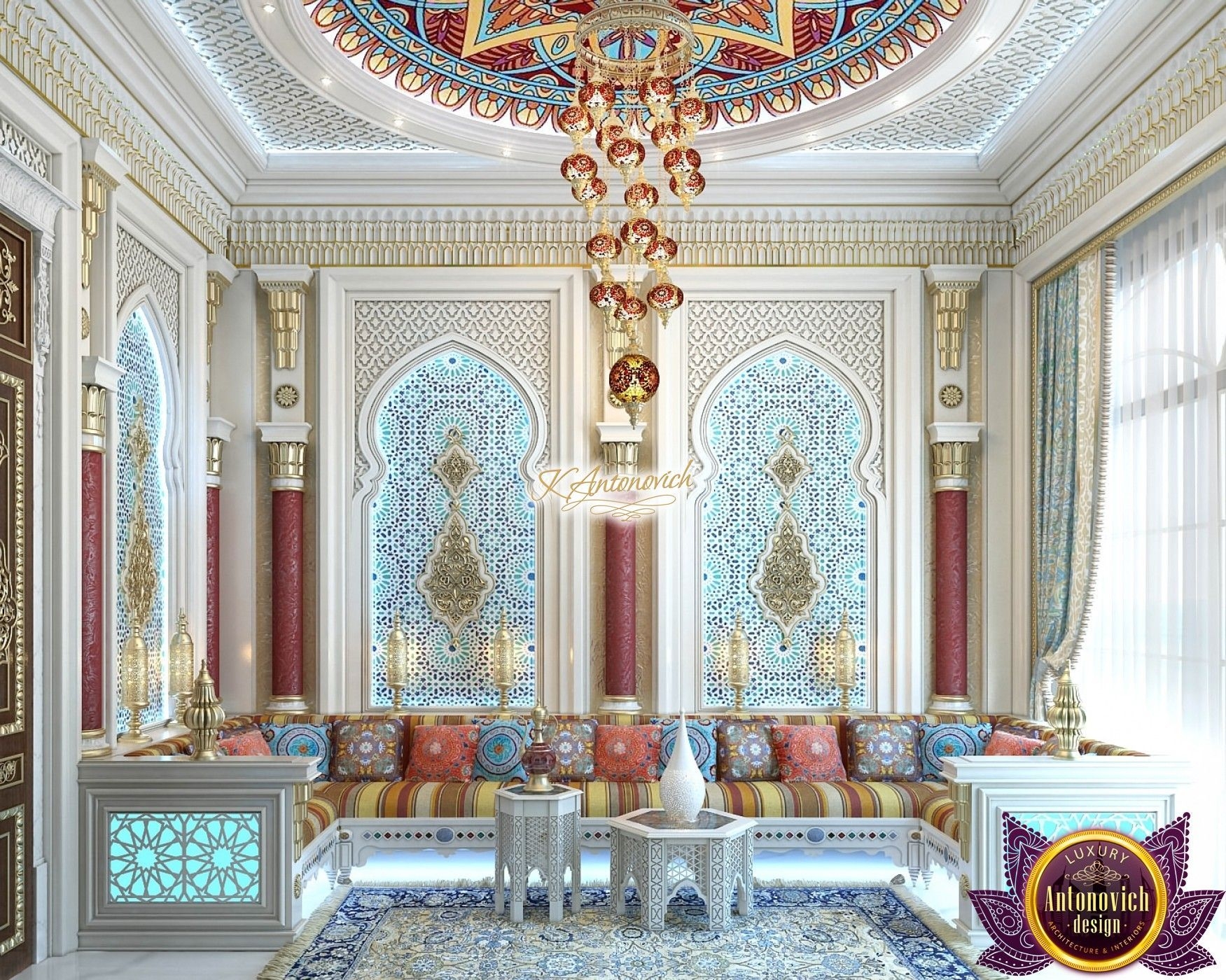The Essence of Moroccan Design: Moroccan Themed Bedroom Furniture

Moroccan design is a captivating tapestry woven from centuries of history, cultural influences, and artistic traditions. Its aesthetic transcends mere decoration, reflecting a profound connection to the land, faith, and daily life. The vibrant colors, intricate patterns, and rich materials evoke a sense of warmth, luxury, and spirituality, making Moroccan design a truly unique and alluring style.
The Historical and Cultural Roots of Moroccan Design
Moroccan design is a rich blend of diverse cultural influences, shaped by the country’s strategic location at the crossroads of Africa, Europe, and the Middle East. Over centuries, various empires and civilizations have left their mark on the region, contributing to the distinctive character of Moroccan art and design.
- Arab Influence: The Arab conquest in the 7th century AD brought with it Islamic art and architecture, profoundly influencing Moroccan design. The use of geometric patterns, calligraphy, and arabesque motifs became integral elements of Moroccan art.
- Berber Heritage: The indigenous Berber people of Morocco have long been known for their craftsmanship and artistry. Their traditional weaving, pottery, and jewelry techniques have significantly contributed to Moroccan design, particularly in the use of natural materials and geometric patterns.
- Andalusian Legacy: The influence of the Moorish kingdoms of Al-Andalus in Spain is evident in Moroccan architecture and design. The use of intricate tilework, decorative plasterwork, and ornate wooden ceilings reflects the sophisticated craftsmanship of the Andalusian period.
- Sub-Saharan African Connections: Trade routes linking Morocco to sub-Saharan Africa introduced new influences, particularly in textiles and jewelry. The use of vibrant colors and bold patterns found in African art is reflected in Moroccan design.
Translating Moroccan Design into Furniture, Moroccan themed bedroom furniture
Moroccan furniture design embodies the core principles of the overall aesthetic, emphasizing craftsmanship, intricate details, and the use of traditional materials.
- Materials: Moroccan furniture makers often use natural and durable materials, such as cedarwood, walnut, and olive wood. These woods are known for their rich colors, distinctive grain patterns, and natural beauty. Intricate carvings and inlays further enhance the aesthetic appeal of the furniture.
- Colors: Moroccan furniture often features a vibrant palette of colors, drawing inspiration from the natural world and traditional dyes. Rich hues of red, orange, yellow, green, and blue are frequently used, creating a sense of warmth and vibrancy.
- Patterns: Geometric patterns, inspired by Islamic art and Berber traditions, are a defining feature of Moroccan furniture. Intricate designs, often incorporating motifs like stars, triangles, and squares, are carved into the wood or woven into textiles.
- Craftsmanship: Moroccan furniture is renowned for its exquisite craftsmanship. Skilled artisans handcraft each piece, paying meticulous attention to detail and using traditional techniques passed down through generations. The intricate carvings, inlays, and finishes reflect the dedication and artistry of the furniture makers.
Iconic Moroccan Furniture Pieces
Moroccan furniture design encompasses a wide range of styles and pieces, each with its own distinctive features.
- The “K’ssar” or “K’ssaba” Chair: This iconic chair, often made from cedarwood, features a high back and a curved seat. The intricate carvings and inlays, typically depicting geometric patterns or floral motifs, are a testament to Moroccan craftsmanship.
- The “Pouf”: These versatile ottomans, typically made from leather or fabric, are often adorned with colorful embroidery or tassels. Poufs can be used for seating, footrests, or as decorative elements.
- The “Throne Chair”: This grand and elaborate chair, often used in palaces and mosques, is characterized by its high back, elaborate carvings, and rich upholstery. The throne chair symbolizes power, status, and tradition.
- The “Masnad”: This traditional wooden bed frame, often adorned with intricate carvings and inlays, is a staple of Moroccan homes. The masnad typically features a high headboard and footboard, providing both comfort and aesthetic appeal.
- The “Table”: Moroccan tables, often made from wood and inlaid with mother-of-pearl or bone, are known for their intricate designs and functional beauty. They can range from small coffee tables to large dining tables, each showcasing the skill of the craftsman.
